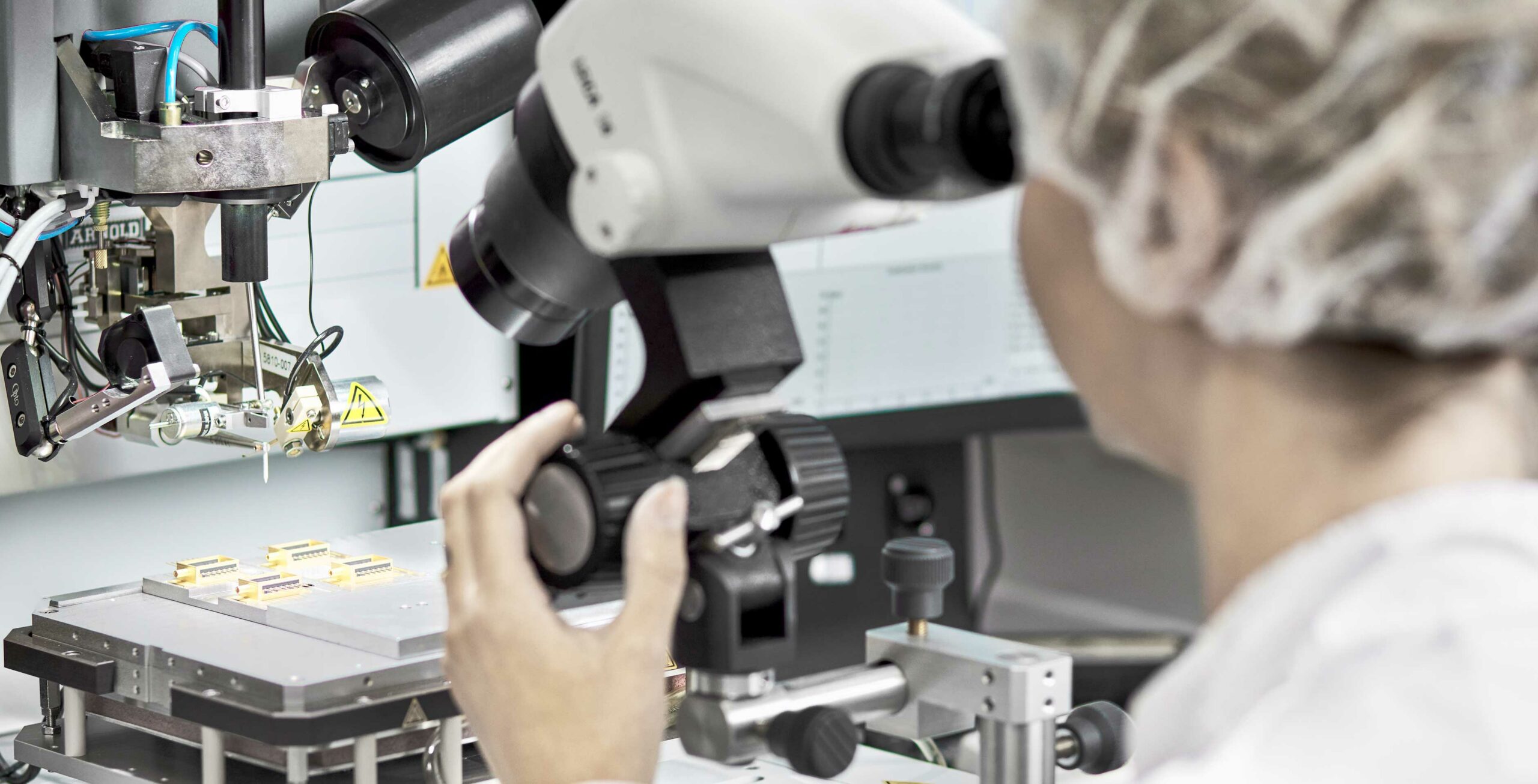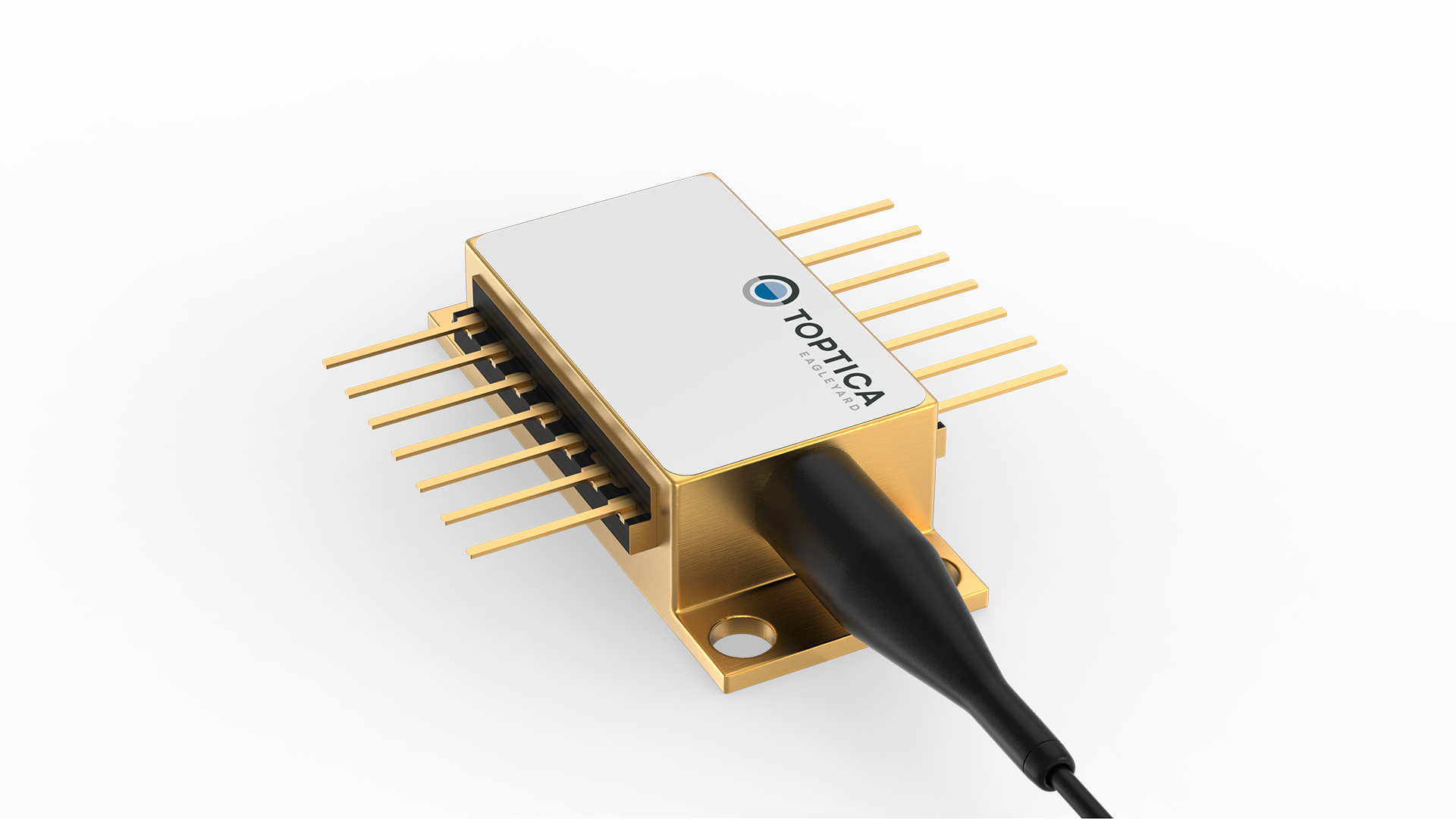Spectroscopy
Did you know that Helium was discovered in space before it was spotted on earth? By analyzing the emission spectrum of the sun, a new element was showing up in the second half of the 19th century. It was named Helium, referring to the Greek name for the sun.
Since then spectroscopy became a fundamental tool in many fields in science and industry. Spectroscopy allows to detect, identify and quantify the status of various atoms and molecules because of their unique spectra.
Nowadays lasers are one of the most important tools in spectroscopy. Single frequency lasers can act as a stable spectral reference and their small linewidth allows to address specific atomic transitions. For example, our portfolio comprises lasers aiming at the D1 and D2 lines of Cesium and Rubidium or match with the absorption lines of oxygen.
We use different technical approaches to realize the lasers. DFB or DBR laser with monolithically integrated gratings provide a very compact laser source that can be produced in high volumes. Gain chips intended to be used in an external cavity laser diodes (ECDL) enable the coverage of multiple wavelength due to the broad gain profile of these diodes. Meanwhile we are also able to offer complete ECDLs integrated in a 14 pin butterfly package.
In case of need for higher output power all of these single frequency lasers can be combined with matching tapered amplifiers. These components provide an output power of several watts while inheriting the good spectral characteristic of the seed laser.
Our Products For Spectroscopy
Operational Mode
Results sorted by Wavelength:
Do You Prefer Searching the Whole Portfolio?

We shape the future with our unique laser diodes:
With our clients, we go beyond. Together we reach the unreachable.
CONTACT US
We can’t wait to learn more about your specific requirements! Contact us for more information – we’re here to empower your vision!
info@toptica-eagleyard.com


